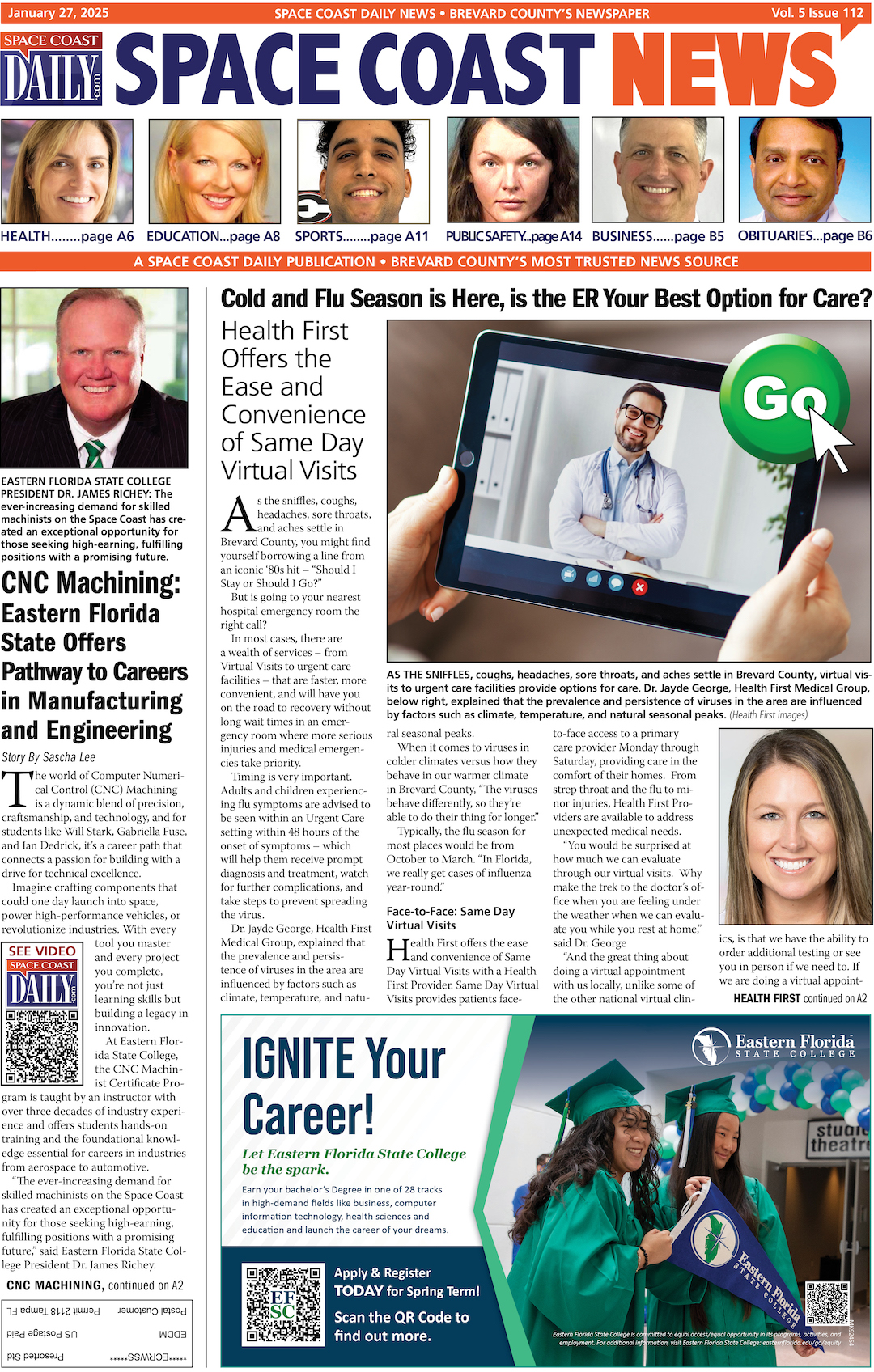The Finances: A Cost Analysis of Aged Care Facilities for Older Family Members
By Space Coast Daily // December 24, 2023

As individuals and families navigate the complexities of caring for older family members, one significant consideration is the cost associated with placing them in an aged care facility.
Balancing the desire to provide the best care for aging relatives with financial constraints requires a thoughtful cost analysis. In this article, we will delve into the various factors that contribute to the expenses of aged care facilities and provide insights to help families make informed decisions. For more information about aged care services head over to Oxa Care.
1. Basic Aged Care Costs:
Accommodation Costs:
Aged care facilities often charge accommodation costs, which cover the living space provided to residents. The type of accommodation, such as a single room, shared room, or suite, significantly influences the cost. Some residents may be eligible for government subsidies or financial assistance.
Care Fees:
These fees contribute to the day-to-day care services provided, including assistance with daily activities, meals, and access to communal facilities. The level of care required by the resident can impact the care fees.
2. Additional Service Fees:
Extra Services:
Some facilities offer additional services beyond basic care, such as special meal options, enhanced recreational activities, or a higher standard of accommodation. These “extra service” fees are optional and can contribute to an elevated cost.
Medical Services:
Residents may incur additional charges for medical services not covered by government funding, including visits from healthcare professionals, medications, and specialized treatments.
3. Means-Tested Care Fees:
Income and Asset Assessment:
A means-tested care fee is determined by assessing the resident’s income and assets. The government uses this information to calculate the contribution the individual can make towards their care. The higher the income and assets, the higher the means-tested care fee.
Government Subsidies:
Government subsidies, such as the Aged Care Subsidy, may be available to offset some of the costs. The amount of subsidy varies based on the individual’s care needs and financial situation.
4. Periodic and Exit Fees:
Periodic Fees:
Some facilities charge periodic fees for services not covered in the standard care fees. These can include hairdressing, social outings, or additional therapies. Families should inquire about the range of services covered by these fees.
Exit Fees:
In certain circumstances, facilities may charge an exit fee when a resident leaves. This fee is intended to cover the costs associated with preparing the room for the next occupant. It’s essential to clarify the conditions under which exit fees apply.
5. Hidden or Unforeseen Costs:
Personal Expenses:
Residents may have personal expenses for items such as toiletries, clothing, and other personal items not covered by the facility.
Transportation Costs:
Families should consider transportation costs if they plan to visit the aged care facility regularly. This includes travel expenses and potential accommodation if the facility is located at a significant distance.
Brief:
Picking an old care house for a family member involves a careful balance between quality care and financial considerations. Families should conduct a thorough cost analysis, taking into account accommodation costs, care fees, means-tested care fees, and additional service fees. Government subsidies may help alleviate some of the financial burden, but families must be aware of hidden or unforeseen costs.Transparency in contact with the aged care facility is mustfor fully understanding the economic commitment involved. By carefully evaluating the costs and weighing them against the level of care and services provided, families can make informed decisions that ensure the well-being of their older family members without compromising their financial stability.












